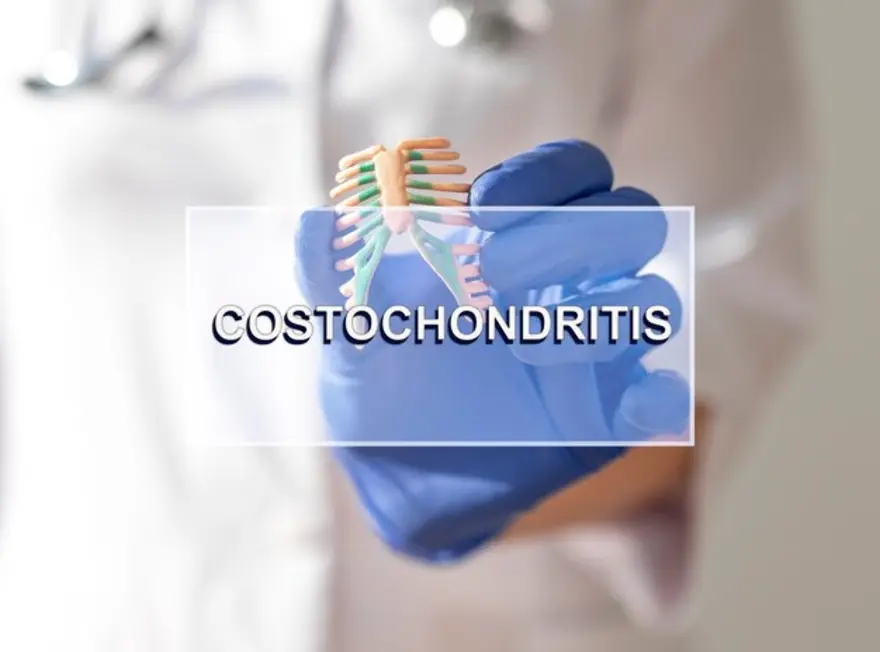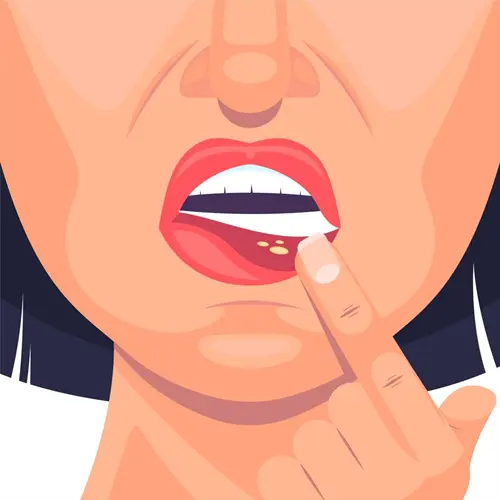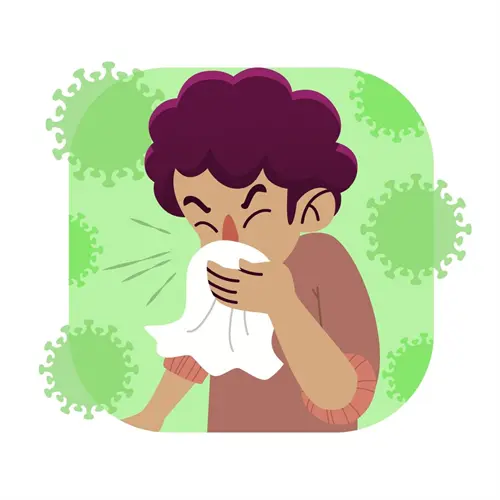Preventive Healthcare
Costochondritis: Symptoms, Causes, Risk Factors, Treatment & Home Remedies
18051 Views
0

When you have chest pain, you may think you have pneumonia, a damaged rib, or even a heart condition. However, costochondritis is a more common cause of chest pain. Medication, both prescription and over-the-counter, can help with the enlarged cartilage that creates this acute discomfort. Read the below article to learn more about costochondritis symptoms, causes and other factors.
What is Costochondritis?
Costochondritis is an inflammation of the cartilage that connects the ribs to the sternum (breastbone). It is a common cause of chest pain in children and adolescents, but it can affect people of all ages. In some cases, costochondritis can cause swelling and redness in the chest area. Costochondritis is usually a mild condition that goes away within a few weeks.
How common is costochondritis?
It is estimated that costochondritis accounts for about 10-30% of all cases of chest pain in children and adolescents and about 15-20% of all cases in adults.
Costochondritis is more common in women, especially over the age of 40. It is also more common in people who participate in activities like weightlifting or rowing, which stress the chest muscles and cartilage.
Who is at risk for costochondritis?
- Adults over the age of 40
- Women
- People who participate in activities that put stress on the chest muscles and cartilage, such as weightlifting, rowing, and golf
- People with a history of arthritis, infection, or injury to the chest wall
- People with underlying medical conditions, such as rheumatoid arthritis, ankylosing spondylitis, and psoriatic arthritis
What causes costochondritis?
The exact costochondritis cause is unknown, but some of the common costochondritis causes are:
- Overuse or injury to the chest wall. This can occur from activities such as weightlifting, rowing, golf, or coughing excessively.
- Costochondritis can sometimes be caused by a bacterial or viral infection.
- Costochondritis can be a symptom of certain types of arthritis, such as rheumatoid arthritis, ankylosing spondylitis, and psoriatic arthritis.
- Costochondritis can also be caused by trauma to the chest, such as a car accident or sports injury.
- Costochondritis may also be associated with certain autoimmune disorders, such as systemic lupus erythematosus (SLE) and fibromyalgia.
What are the symptoms of costochondritis?
The most common costochondritis symptoms are:
- Sharp pain in the front of the chest, where the breastbone and ribs meet
- Tenderness upon pressing the affected area
- Pain that worsens with deep breath, coughing, or sneezing
- Pain that radiates to the back or shoulders
- Swelling and redness around the affected area
- Difficulty breathing
- Fatigue
- Low fever
What makes costochondritis worse?
Costochondritis can be worse with activities that put stress on the chest muscles and cartilage. It includes:
- Activities like weightlifting, rowing, and golf
- Coughing
- Deep breathing
- Poor posture
- Stress
- Lack of sleep
How is costochondritis diagnosed?
Costochondritis diagnosis is primarily based on the medical history and physical examination. Your doctor will ask you about your costochondritis symptoms, when they started, and what makes them better or worse. They will also perform a physical exam, including pressing the affected area to see if it is tender.
In some cases, your doctor may order other tests to rule out other causes of chest pain, such as:
- Electrocardiogram (EKG): It measures the electrical activity of the heart. It can rule out a heart problem.
- Chest X-ray: It can rule out pneumonia or other lung problems.
- Blood tests: They check for signs of inflammation or infection.
How is costochondritis treated?
How do you cure your costochondritis? Some of the advisable costochondritis treatments include:
- Rest: Avoid activities that make your pain worse.
- Ice or heat: Apply ice or heat to the affected area for 20 minutes daily.
- Over-the-counter pain relievers: Nonsteroidal anti-inflammatory drugs (NSAIDs), such as ibuprofen or naproxen, can help to reduce pain and inflammation.
- Corticosteroids: If over-the-counter pain relievers are ineffective, your doctor may prescribe corticosteroids to reduce inflammation.
- Physical therapy: The exercises strengthen the muscles around the affected area and improve the range of motion.
In severe cases of costochondritis, your doctor may recommend an injection of corticosteroids or other medications into the costochondritis pain areas.
How long does costochondritis last?
Costochondritis usually improves within a few weeks, but it can last for several months in some cases. In rare cases, it can become a chronic condition.
The duration of costochondritis can vary depending on the underlying cause and the severity of the inflammation. For example, costochondritis caused by an injury may heal more quickly than costochondritis caused by an underlying medical condition, such as arthritis.
What are the at-home treatments for costochondritis?
Here are some costochondritis home remedies that are beneficial in costochondritis treatment-
- Rest
- Ice or heat
- Gentle stretching costochondritis exercises like chest stretch, shoulder roll and neck stretch
- Epsom salts in a warm bath
- Maintain good posture
- Avoid smoking
- Manage stress
- Get enough sleep
Can costochondritis be prevented?
You can prevent some causes of costochondritis with:
- Warm up before exercise: It helps to prepare your muscles and joints for activity.
- Stretch regularly: helps to improve flexibility and reduce muscle tension.
- Maintain a healthy weight: Excess weight can put additional stress on the chest muscles and cartilage.
- Eat a healthy diet: helps to reduce inflammation and promote overall health.
What’s the difference between costochondritis and Tietze’s syndrome?
Costochondritis is more common and can affect any of the costochondral joints. It is often caused by overuse or injury to the chest muscles or cartilage.
Tietze's syndrome is a less common condition that typically affects the upper costochondral joints.
|
Characteristics |
Costochondritis |
Tietze’s Syndrome |
|
Prevalence |
More common |
Less common |
|
Affected Joints |
Any of the costochondral joints |
Upper costochondral joints |
|
Inflammation |
Inflammation of the costochondral joints |
Inflammation and swelling of the costochondral joints |
|
Pain |
Pain is sharp or aching; it worsens with movement |
Pain is more severe, and it may be accompanied by redness and warmth over the affected area |
Conclusion
If you have chest pain, you should consult a doctor right away to rule out anything more serious. Suppose you suffer chest discomfort and other costochondritis symptoms such as shortness of breath, nausea, sweating, dizziness, or left arm pain, get yourself checked and tested.
You can trust Metropolisindia for accurate testing if required. Metropolisindia has a team of qualified blood collection technicians who make at-home visits for blood samples, which are processed at advanced diagnostic labs.























 WhatsApp
WhatsApp